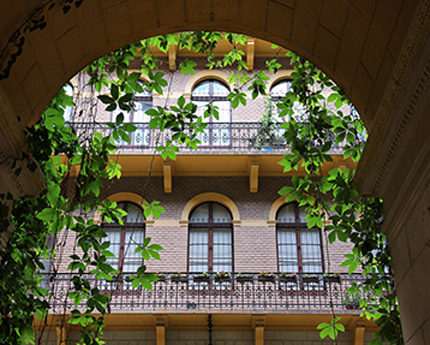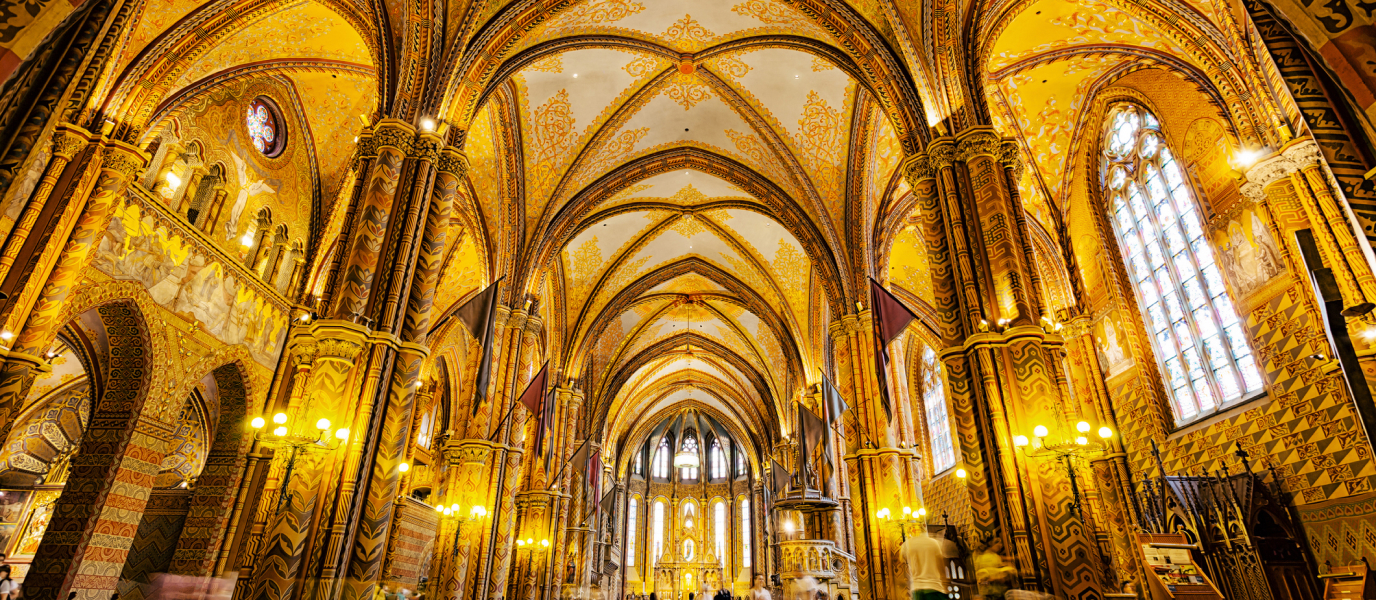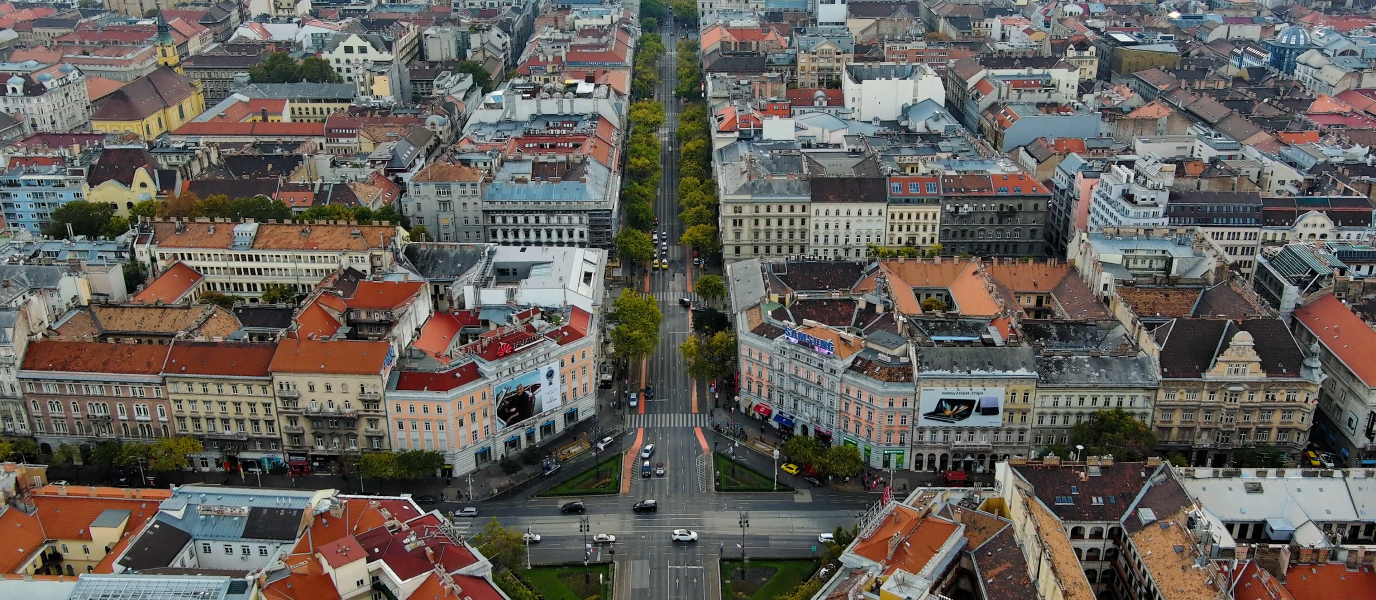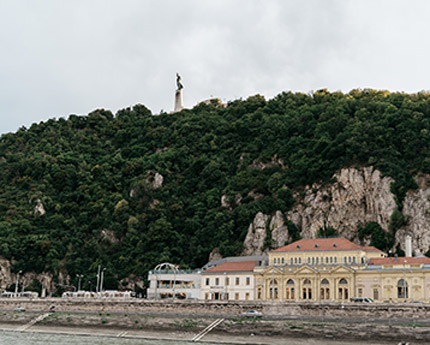Gozsdu Court (or Gozsdu Udvar, as the Hungarians call it), is one of the most magical spots in the Hungarian capital. Located in the centre of Budapest, in the heart of the Jewish quarter, the Court’s seven courtyards lead into streets packed with restaurants, shops, snack bars and terrace bars full of people, along with exhibitions and antique markets, set among semi-detached houses with balconies.
Within these 12,000 m2 you will find, day and night, the beating heart of a city that loves to be outdoors whenever the weather permits. On its streets you can find not only typical Hungarian foods, but also Kosher, European and Asian foods, little cafes decorated with coloured lights where you can drink in the stories held in their walls for two hundred years, the best and worst of a city that is always ready to celebrate life.
The key to unlocking all its secrets its to wander the narrow streets, in and out of the shops and bars, and to find a nice corner to enjoy a fresh beer or one of the local wines, some of which are of very good quality.
These seven courtyards come into their own at weekends, when one of Budapest’s typical antique markets sets up in the streets. But Gozsdu has a cultural programme packed with events marked on the calendar of both tourists and locals alike: the Christmas market, St Valentine’s celebrations, fashion day, among other regular activities. The best idea is to visit its website to see what festivals are coming up.
The chic-bohemian ambience of Gozsdu Court has made it into a favourite spot for Instagrammers and people who want to enjoy Budapest’s nightlife until the early hours.
These seven courtyards are open almost 24 hours a day, crammed with people making their way from one side to the other, going for a coffee, a glass of wine or other drink. One of the best times to enjoy this place is in summer, when the end-to-end terrace bars give the impression that the whole of Gozsdu Court marches to the same beat from sunset till dawn.
The History of Gozsdu Court
For the construction of Gozsdu Court, we have to thank the great initiative of a Romanian lawyer and politician based in Budapest: Emanoil Gojdu, also known as Manó Gozsdu. An important figure of his time, he was one of the defenders of the rights of Romanians within greater Hungary, and also a patron with a great vision for the future.
Proud of his origins, he loved Hungary and its language and, in fact, was the first lawyer in Pest to use Hungarian in the conveyancing process of a property.
Gozsdu died in 1870, but in his will he left his entire fortune, which was no small sum at that time, to the Romanians living in Hungary and Transylvania, Eastern Orthodox Christians, and set up a foundation that, some years later, initiated the development of this Court of courtyards in 1900.
From the very beginning this complex, built in 1915 between Dob utca and Király utca, according to design by Győző Czeigler, was a very profitable business for the foundation, but it also became what it still is today: the heart of a joyful and fun-loving city.
During the Second World War, Gozsdu Court was part of the Jewish ghetto that was established in the city between November 1944 and January 1945. Located in the heart of District VII, as this area was renamed, many of the business people who ran establishments in the seven courtyards were Jews, and these streets became silent witnesses to the suffering of over 70,000 Jews behind the door in the ghetto’s wall…
After the War, in 1952 to be exact, Gozsdu Court was nationalised, and continued as the heart of a neighbourhood full of shops and restaurants. In 1999, with the change of regime, this 12,000 m2 area of dwellings, shops and history was privatised.
Designated a World Heritage Site by UNESCO in 2009, the Court was completely refurbished, and its entrance façade restored to its original state.
A weekend market in Gozsdu
In a city scattered with authentic flea markets, Gozsdu Courtyard is a star attraction on Sunday mornings with its funky Gozsdu Bazaar. This is one of the best places in Budapest to find unusual jewellery, vintage clothing and local delicacies such as honey and pálinka (a traditional Hungarian fruit brandy). The Jewish Summer Festival takes place here during the last week of August, with workshops, live music and stalls selling secondhand books, while occasional night markets are also held in the run-up to Christmas.
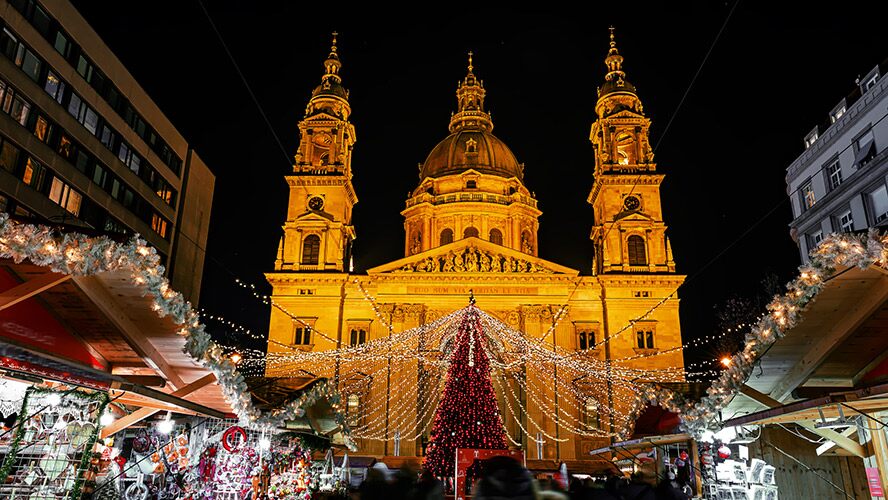
Eating and going out in the area
Gozsdu Court is the best place to go to have lunch or dinner, or a drink in one of the so-called ‘ruin bars’, a typical Budapest night spot that you really shouldn’t miss, particularly in the Jewish quarter. These types of establishments were set up in derelict historic buildings, with the blessing of the Government, which considered it a good way to keep the memory of the city alive. Now they have acquired a great deal of charm, and are sought out by tourists and locals alike.
One of the seven courtyards has restaurants serving international cuisine (Jewish, Asian, Italian, etc…), as well as Hungarian cooking, including the famous lángos, fried bread topped with cheese, tomato and other ingredients.
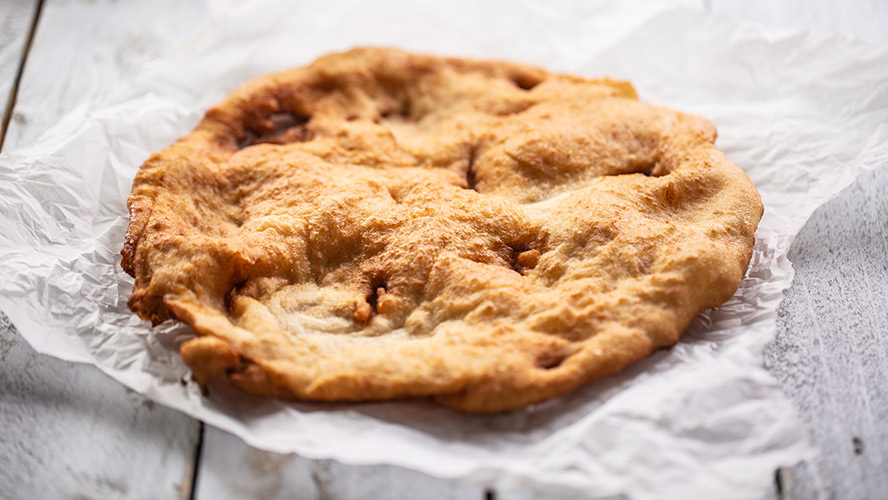
Among the most popular venues at Gozsdu Court are Spoiler, DiVino and the Blue Bird Cafe. Although if you’re looking for artisan local beer, Lehuto is the place to go.




































































